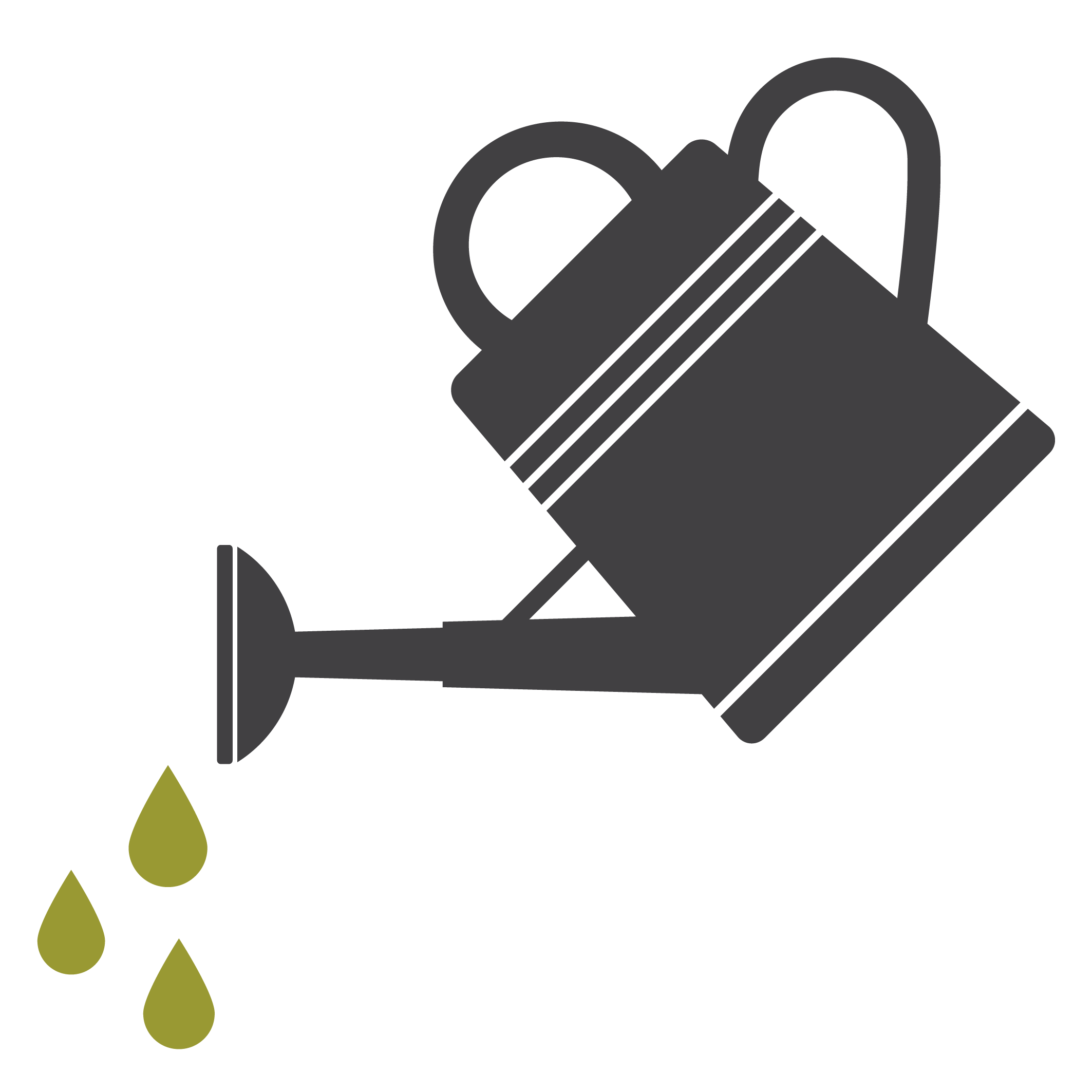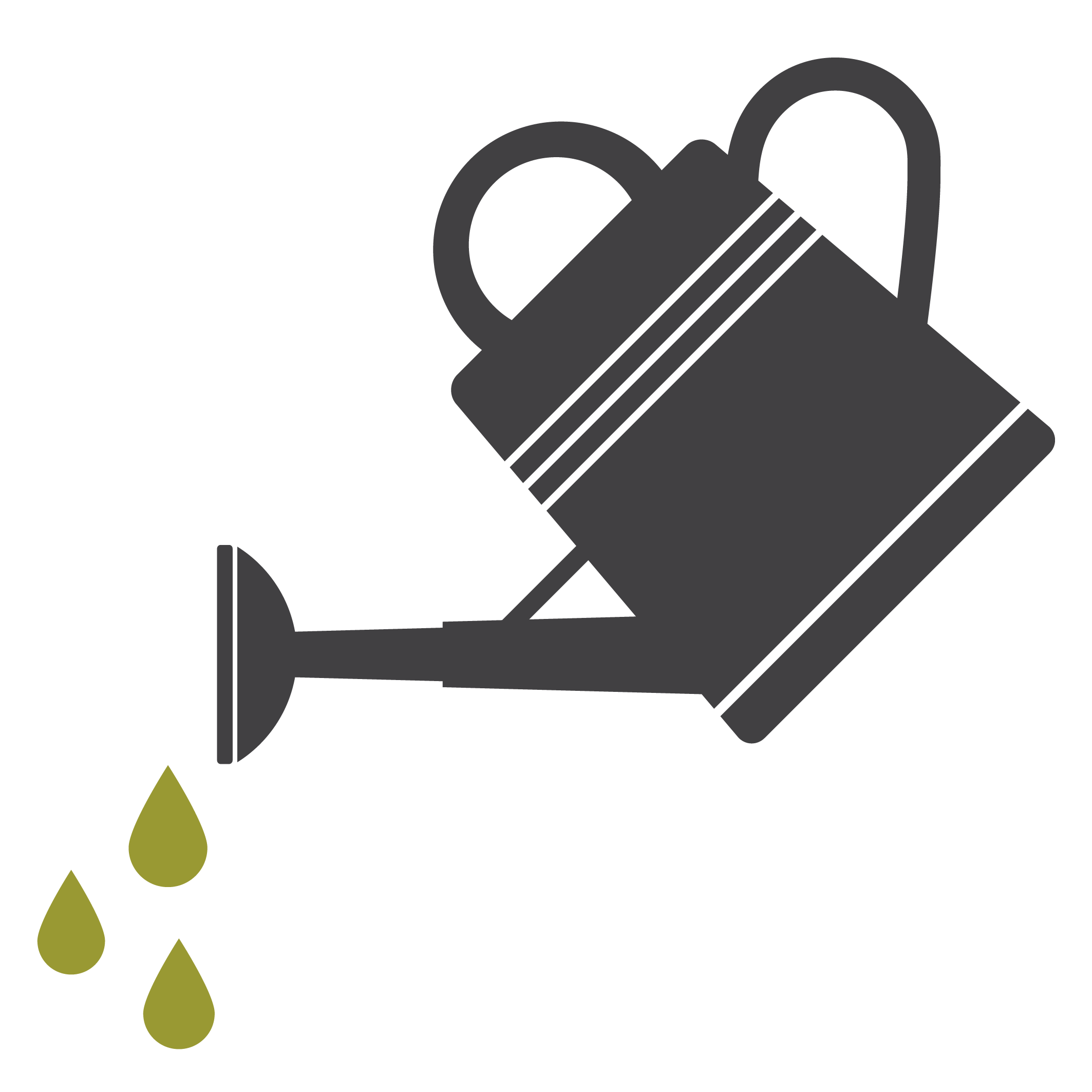How To Start Growing Weed: A Beginner's Guide
Published :
Jul 19, 2019
Categories :
Cannabis cultivation

So you're ready to start your first cannabis grow? Awesome! It's really a simple process once you have a solid understanding of the basics. Use these tips to increase your chances of success when growing indoors or outdoors.
It’s true that the world of cannabis growing can seem complex and even intimidating to the outside observer. Light cycles, nutrient ratios, watering schedules, humidity, and temperature can seem like an impossible array of factors to balance. At first, all of these details take some time to get used to; however, entering the art and science of cannabis cultivation is nowhere near as sketchy as it first appears. Growing weed is not unlike growing other types of plants, it’s just that cannabis growers like to treat their crop with extra care to obtain the best possible yield.
This article will serve as a guide for beginners looking to start their first grow. We’ll cover all of the basic components of setting up your grow room or garden, and all of the important factors to consider.
HOW TO START GROWING WEED INDOORS: THE BASICS
The first thing you’ll need to consider is where to set up your first growing operation. While this will largely depend on the resources you have available to you, you can work with anything that you have, no matter how minimal. Some growers have access to large spare rooms that can handle big grow tents, whereas others will be limited to a small closet or corner of a bedroom. If you only have access to the latter, fear not—you can still obtain a decent yield.
 STRAIN SELECTION
STRAIN SELECTION
One of the first things you’ll need to consider when growing indoors is strain selection. Cannabis comes in a diverse range of shapes, sizes, flavours, and effects. There are two primary subspecies of cannabis: indica and sativa. Hybrid strains simply contain both of these genetics in varying amounts. In terms of effects, indica-dominant plants are associated with a more sedative, physical, and stoning high, whereas sativa-dominant strains offer a more energetic, cerebral, and motivating effect.
You’ll also have to consider how much space you have available. Sativas tend to grow much taller and lankier, whereas indicas are shorter and more bush-like. If you are really struggling with space, consider growing an autoflowering strain. These varieties can usually be kept at a height of around 60cm, and also offer the benefit of a faster grow cycle.
 SET UP A DEDICATED GROWING SPACE
SET UP A DEDICATED GROWING SPACE
If you have room and are willing to make the investment, a grow tent is the best way to go. These come in various sizes and serve as an isolated environment that is easy to control. A grow tent can also be equipped with a filter outlet to reduce the well-known scent of cannabis plants. A tent will also keep light out when plants are supposed to be submerged in darkness, allowing you to keep the room illuminated whilst your plants are respiring. If you can’t access a tent, you can also modify cupboards and boxes to serve a similar purpose.
 LIGHTING
LIGHTING
Cannabis plants need a good light source in order to reach their full potential, and this is perhaps the most important factor to consider when growing weed indoors. The green pigment within cannabis leaves works to convert light into sugars, which they need to survive and thrive.
It’s worthwhile to invest in a good lighting setup from the get-go to avoid running into any problems. There are many different light sources that cannabis growers use, including high-intensity discharge lamps (HID), plasma, LED, and CFLs. Each of these light sources has its own advantages and disadvantages. When it comes to beginner growers, LED lights are a great choice as they are cheap to run and produce minimal heat. A timer is also a great investment to bring some automation to your grow. Plants usually require a light cycle of 18 hours on and 6 hours off during the vegetative phase, with 12 hours on and 12 hours off during the flowering phase.
 CHOOSE YOUR GROWING MEDIUM
CHOOSE YOUR GROWING MEDIUM
Cannabis plants can be grown in several types of media. As a beginner, good old-fashioned soil is the easiest choice, requires much less of a setup, and is cheaper. Some soil comes pre-mixed with enough nutrients to get plants past the first few weeks of the veg phase.
 NUTRIENTS
NUTRIENTS
Cannabis plants require a cornucopia of macro and micronutrients for many different physiological functions. Plus, different nutrients are required in varying quantities during different phases of growth. The macronutrients cannabis plants need in their diet are nitrogen, phosphorus, and potassium. During the vegetative phase, plants require higher levels of nitrogen, while the flowering phase calls for more phosphorus and potassium.
The primary micronutrients required are calcium, magnesium, iron, and copper. These nutrients can be obtained from many different sources, from artificial formulas to organic compost. The best and easiest option for beginners is to purchase pre-made vegetative and bloom formulas that can be added to water and applied according to product instructions.
 CREATE AN IDEAL CLIMATE
CREATE AN IDEAL CLIMATE
The magic of indoor growing is having the ability to create an ideal and artificial climate. You’ll need a few pieces of gear in order to keep things within an optimal range. Temperature is an important factor to control, with cannabis plants preferring to grow within the range of 20–30°C. If your room or grow tent already exists within this range, then you’re all good. If it happens to be too hot or cold, use a heater or air conditioning unit accordingly.
Humidity is another factor that needs monitoring, and possibly adjusting. Cannabis plants like some moisture in the air, but too much can increase the risk of mould. You can use a hygrometer to measure both temperature and humidity. Try and keep your grow room at between 40–60% relative humidity during the vegetative phase, and 40–50% during flowering. If things get too wet or too dry, use a mister or dehumidifier as needed.
Cannabis plants also need a supply of fresh air, which can be obtained using an input fan and exhaust fan. Most grow tents are compatible with both of these units, which serve to bring new CO₂ into the space and take the respired oxygen out.
 WATERING SCHEDULE
WATERING SCHEDULE
Watering is often an area where beginner growers run into trouble. Many have the idea that their plants require much more water than they actually need. A simple rule of thumb is to allow the top inch of soil to become dry before watering. Press your finger up to a knuckle into the top layer of soil to check; if it’s still moist, your plant doesn’t need more water. Make sure your pots have sufficient drainage so water doesn’t pool at the bottom and contribute toward root rot.
HOW TO START GROWING WEED OUTDOORS: THE BASICS
Some growers are fortunate enough to own a garden or greenhouse. Growing outside means less control over environmental conditions, but it's often much cheaper since water, light, and air exchange and practically free. Growing outdoors usually means having much more space to play with too.
STRAIN SELECTION FOR GROWING OUTDOORS
Strain selection requires less consideration when growing outdoors. Some growers will benefit from raising large sativa giants for optimal yields. Certain varieties surge to great heights of around 3m and pump out impressive and rewarding harvests. However, if you need to keep your outdoor grow more on the covert side, consider growing a smaller indica or autoflowering variety.
On the other hand, if you’re growing during short summers before a rainy or cold autumn season, you may want to avoid some of the longer-flowering sativa strains in favour of a speedier hybrid.
 CREATE A DEDICATED GROW SPACE
CREATE A DEDICATED GROW SPACE
Outdoors, cannabis plants can be cultivated in garden beds, pots, and greenhouses. This all depends on personal preference and the resources you have available. Plants cultivated in beds will have much more room to spread their root systems, which will allow them to reach greater heights. However, large and medium pots will also serve to muster good yields. Aim to grow your plants in an area that gets a good amount of direct sunlight and a gentle breeze, away from areas that experience flooding.
 MODIFY THE CLIMATE IF YOU’RE DEALING WITH EXTREMES
MODIFY THE CLIMATE IF YOU’RE DEALING WITH EXTREMES
There’s not too much you can do to modify the climate outdoors, and there isn’t much you’ll need to do unless you live in an area with extreme weather. If you live in a place where temperatures soar, consider placing your plants under a shelter during the hottest parts of the day to protect them from wilting. Likewise, if it gets very cold at night, even during the summer, bring your plants indoors during this time if growing in pots.
 WATERING
WATERING
A similar watering schedule applies to outdoor plants. If you live in a particularly hot and dry area, then you may have to water every day or so. Later down the line when you have more experience, it’s worth experimenting with irrigation systems that bring automation to this task. Once again, too much water can be a bad thing and lead to root rot. If you are growing in an excessively wet climate, you may need to cover your plants periodically or keep them in a greenhouse permanently.
 NUTRIENTS
NUTRIENTS
Pre-mixed formulas for different stages of growth are recommended here once again for beginners. It’s easier to feed plants grown in pots as this confined space can be filled with organic potting soil and periodically dosed with nutrients. Plants grown in beds have large root systems and will expand out in search of more food. Nutrients applied to beds may be subject to runoff, so starting with high-quality soil is important.






































